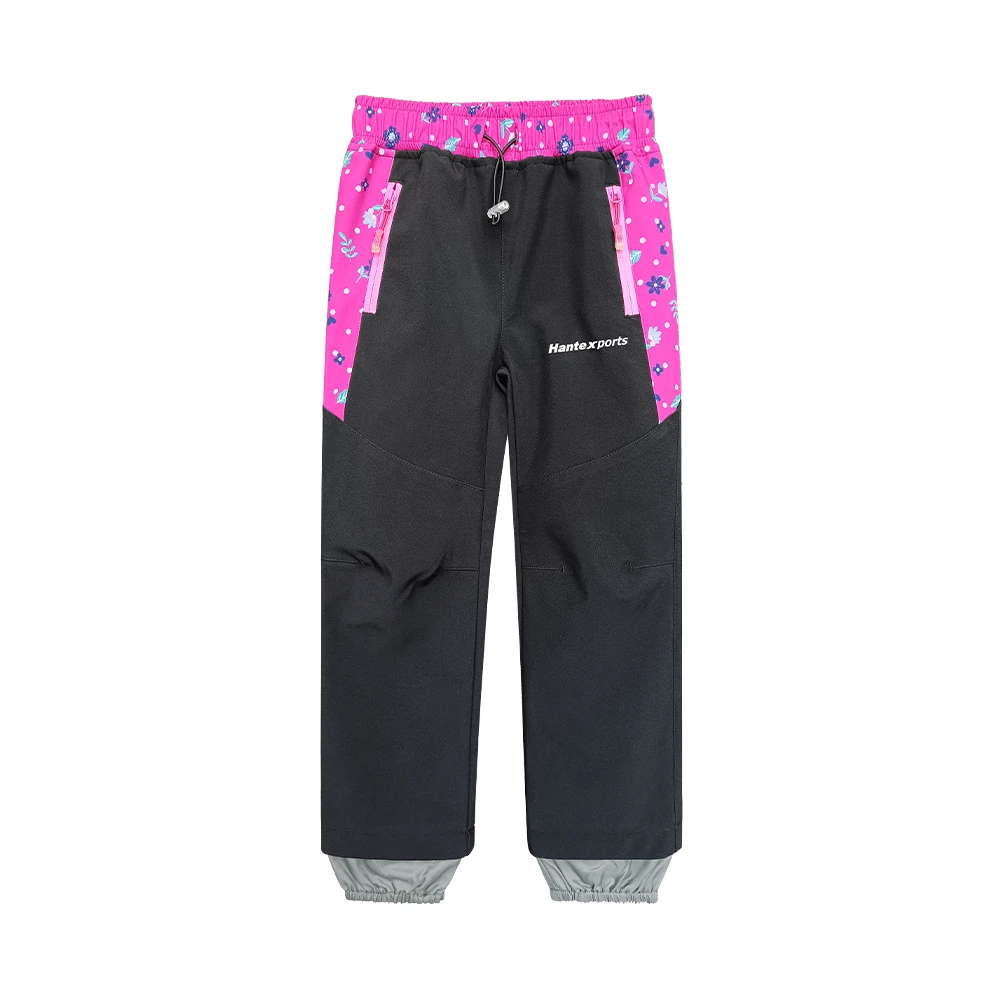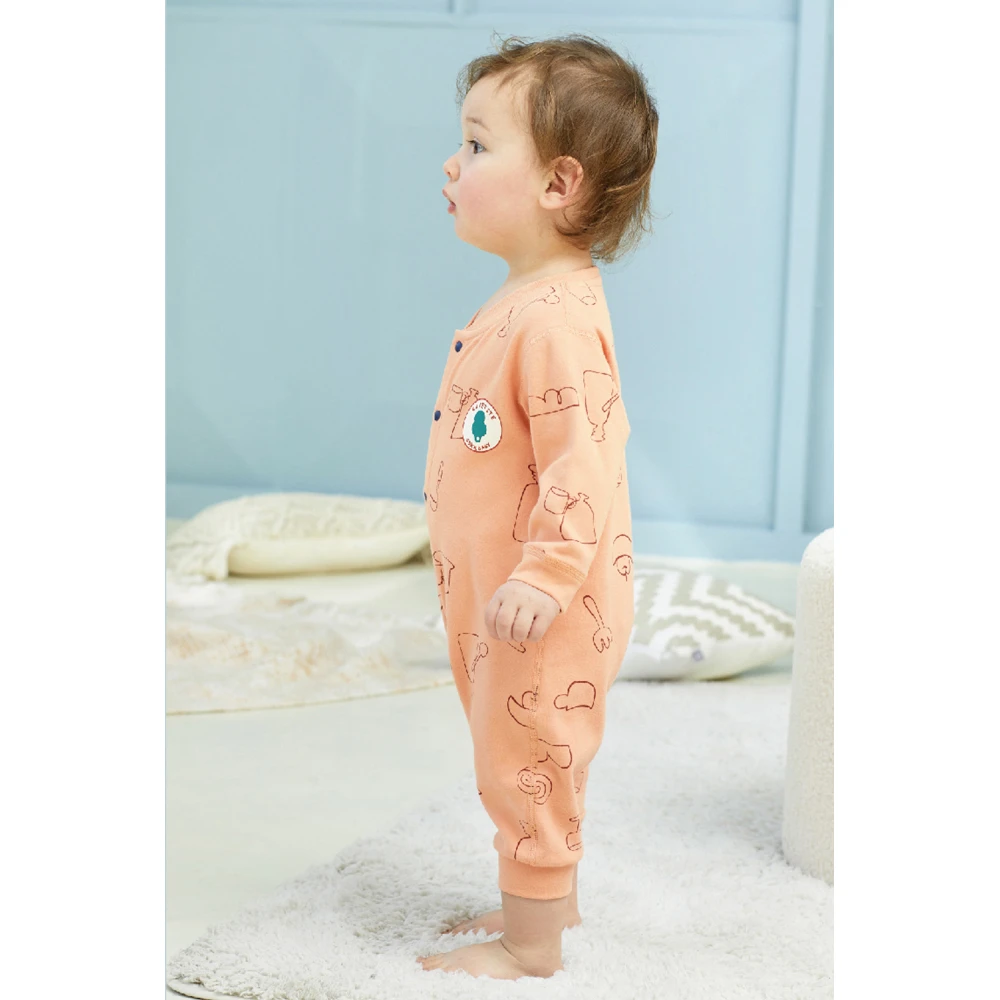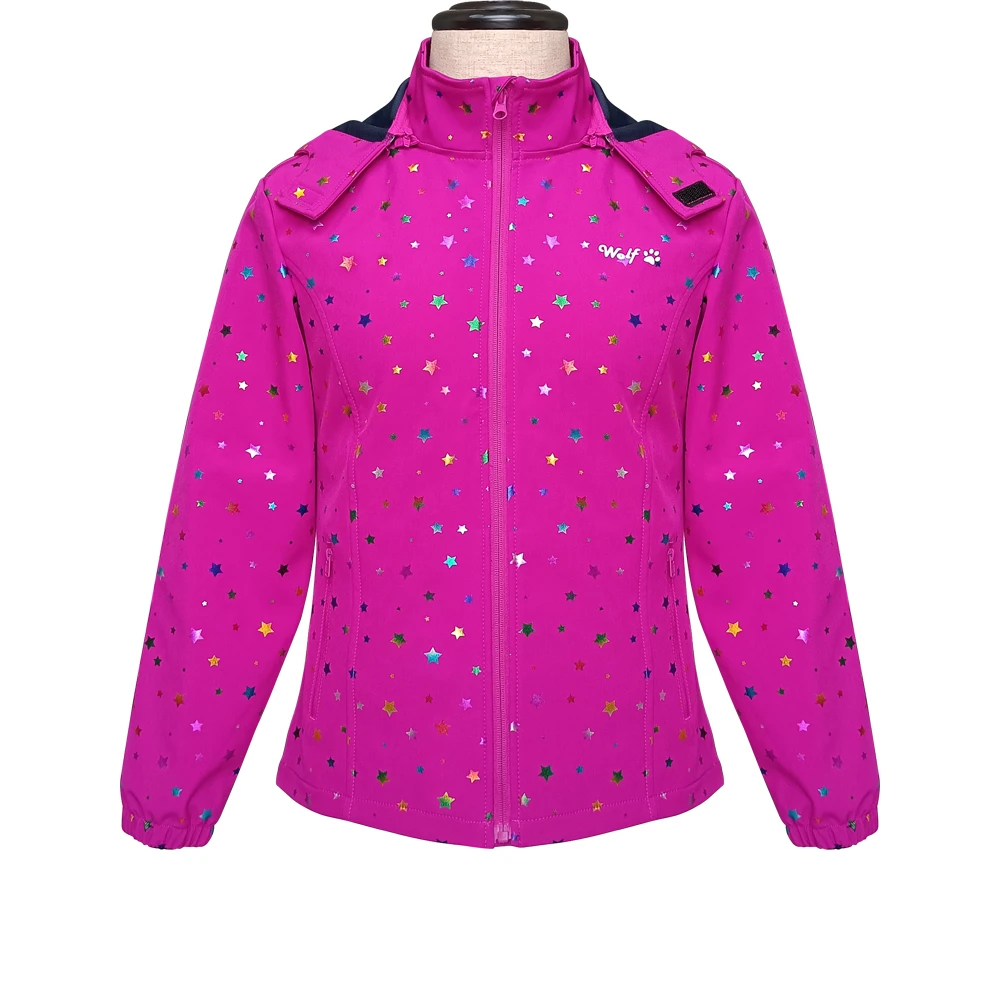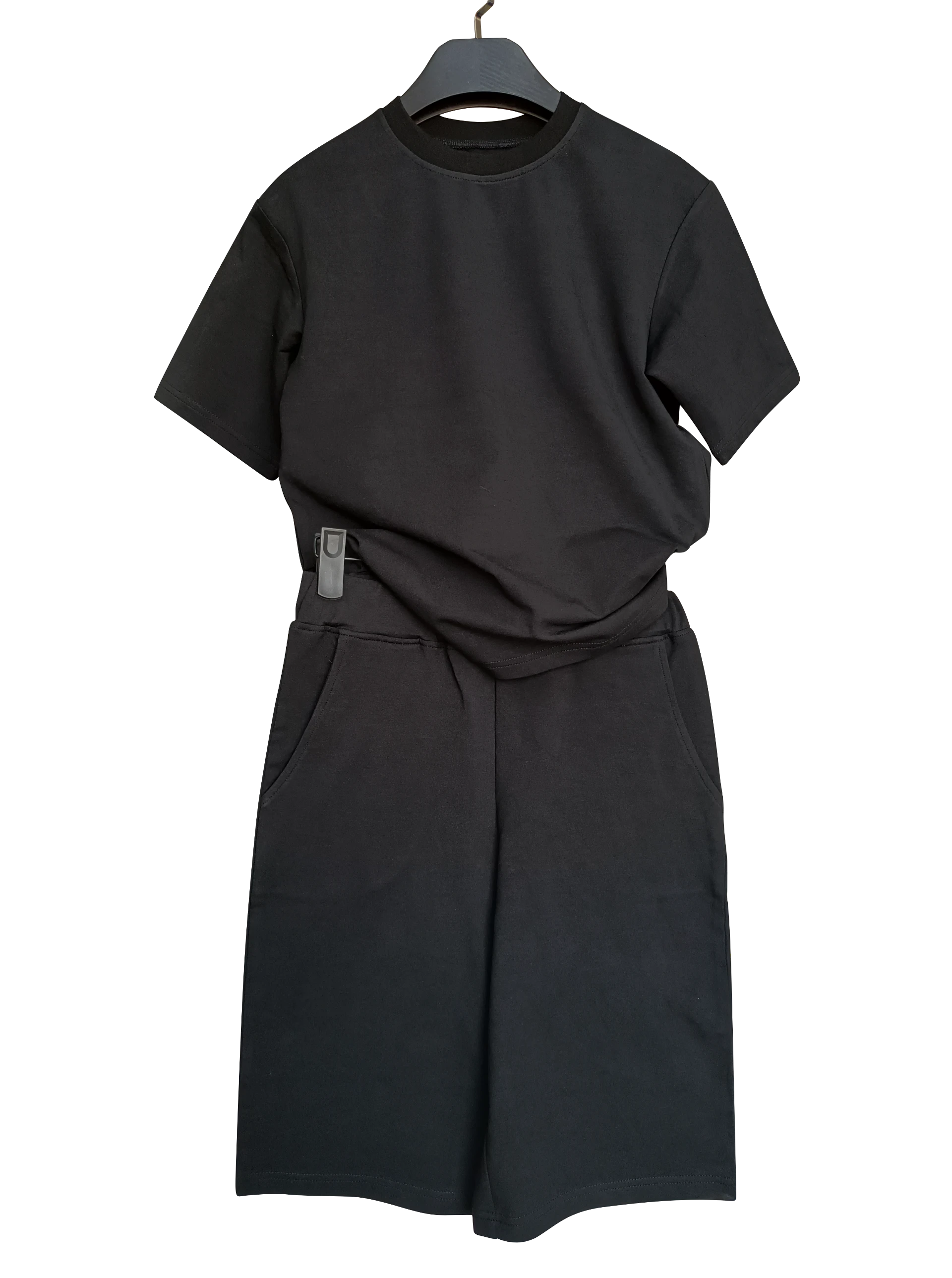The Versatile Apron A Blend of Functionality and Fashion
The apron, a utilitarian garment that dates back centuries, has evolved from a simple protective covering to a symbol of creativity, passion, and even identity in the culinary world and beyond. Whether worn in a professional kitchen, a cozy home, or an artistic studio, aprons serve multiple purposes, melding functionality with personal style. This article delves into the history, varieties, practical uses, and cultural significance of aprons.
Historically, the apron has its roots in ancient civilizations. Archaeological findings suggest that early humans used leather or fabric pieces to protect their clothing while engaging in various tasks. The term apron itself originates from the French word naperon, a diminutive of nape, meaning cloth. Over time, the apron has transformed, taking on various forms and styles influenced by different trades and cultures.
In the context of culinary arts, the apron is an emblem of professionalism and skill. Chefs, bakers, and culinary enthusiasts don aprons as a badge of honor. They protect against spills, splatters, and heat, allowing individuals to focus on their culinary masterpieces. Aprons often feature pockets, providing convenient storage for utensils, recipes, or even a smartphone. In recent years, the rise of food blogging and social media has led to an influx of stylish and personalized aprons, allowing cooks to express their unique personalities while whipping up delicious dishes.
Beyond the kitchen, aprons have found their place in various creative fields. Artists don aprons to safeguard their clothing from paint, clay, or other messy materials. Gardeners wear durable aprons equipped with pockets to hold tools and seeds while tending to their blossoming projects. In these settings, aprons become badges of artistic endeavor, signifying a commitment to the craft and an openness to exploration.
apron
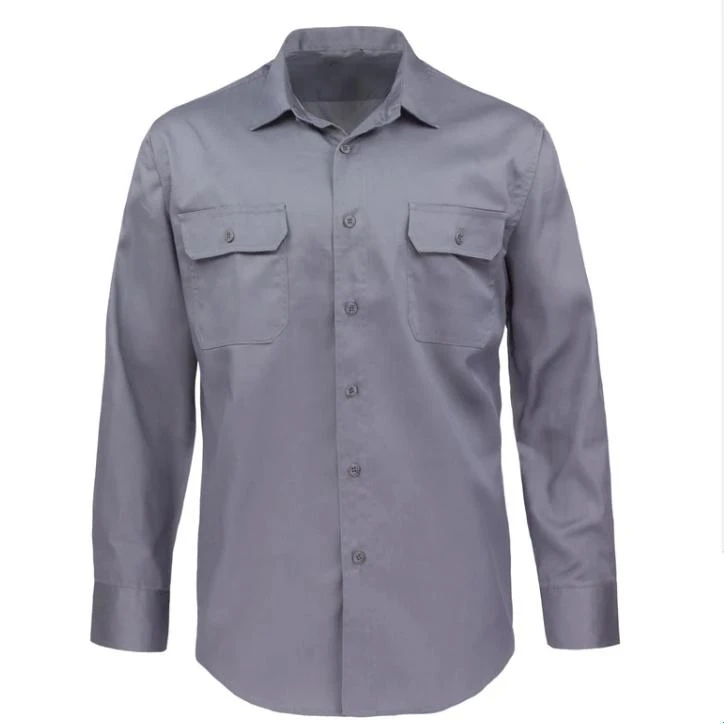
The design and fabric of aprons have also evolved significantly over the years. From traditional cotton and linen to modern materials that offer water resistance and stain repellence, the choices are vast. Aprons come in various styles, including the classic bib apron, the waist apron, and the cross-back design, each serving different functions and preferences. The fashion industry has embraced aprons too, with designers creating chic versions that can be worn in restaurants, homes, or as part of casual outings.
Moreover, aprons have transcended mere practicality to become objects of cultural significance. In many cultures, the apron is tied to family traditions and memories. For instance, a grandmother's apron, often worn during family gatherings, holds sentimental value, representing love and care. It is not uncommon for families to pass down aprons across generations, turning them into heirlooms that evoke nostalgia and connection.
In the culinary world, apron styles can also reflect different cuisines and regions. In Japan, for example, the noragi is a traditional work apron that symbolizes the country's rich agricultural heritage. In Italian kitchens, you'll find aprons adorned with vibrant prints and patterns celebrating the nation’s culinary richness. Such variations highlight not only the functionality of aprons but also their ability to evoke cultural pride and identity.
As we look towards the future, the role of the apron continues to expand. With a growing emphasis on sustainability and ethical production, many brands now offer environmentally friendly aprons made from organic materials. These innovations cater to socially conscious consumers who seek to make responsible choices while still enjoying the practicality and style associated with aprons.
In conclusion, the apron is much more than a simple piece of fabric. It represents a fusion of art, culture, and utility, undergoing transformations that reflect our changing societies and personal expressions. Whether in the kitchen, the studio, or the garden, wearing an apron signifies a readiness to create, nurture, and connect, making it an enduring and cherished article of clothing across the globe.





